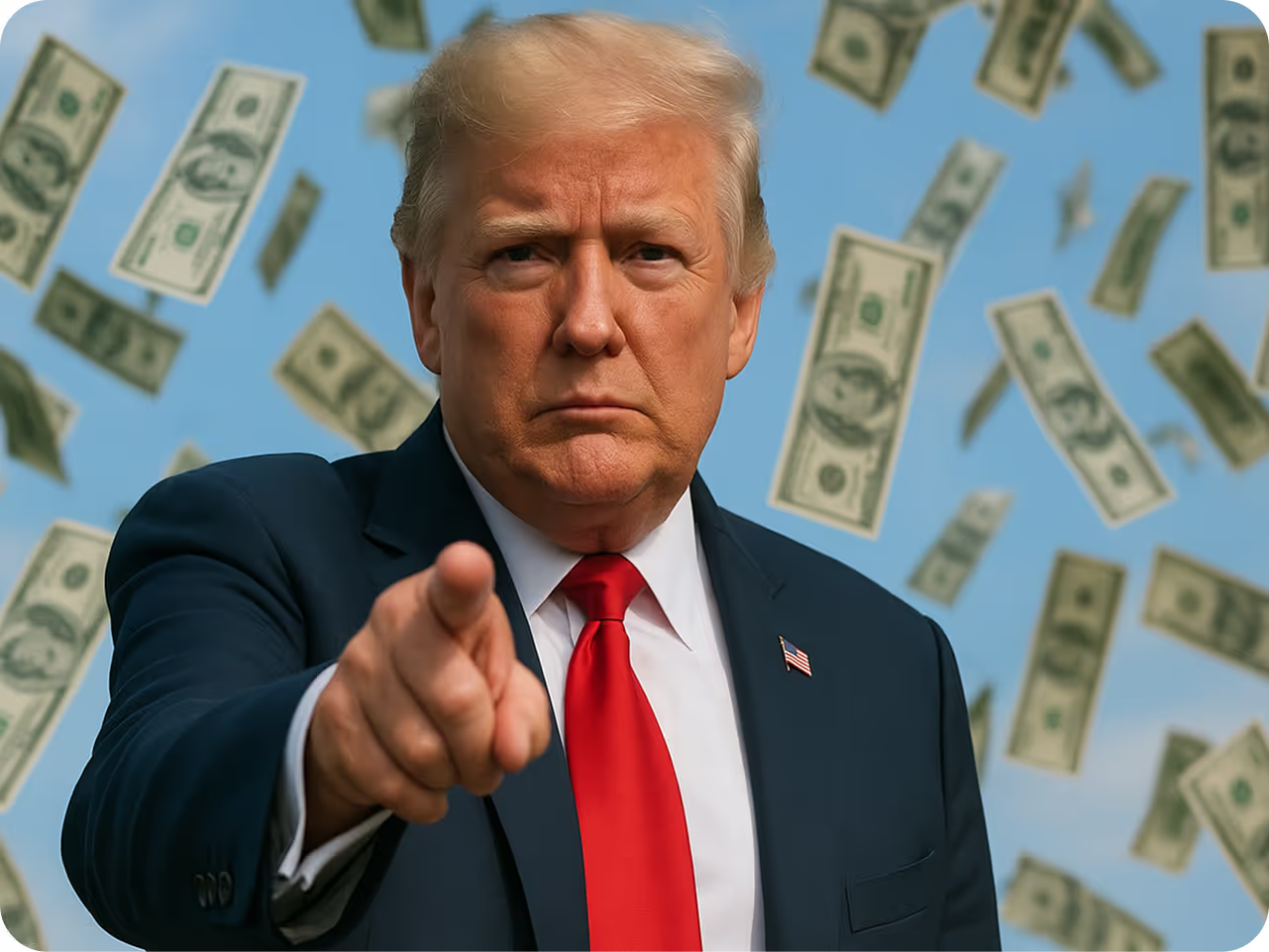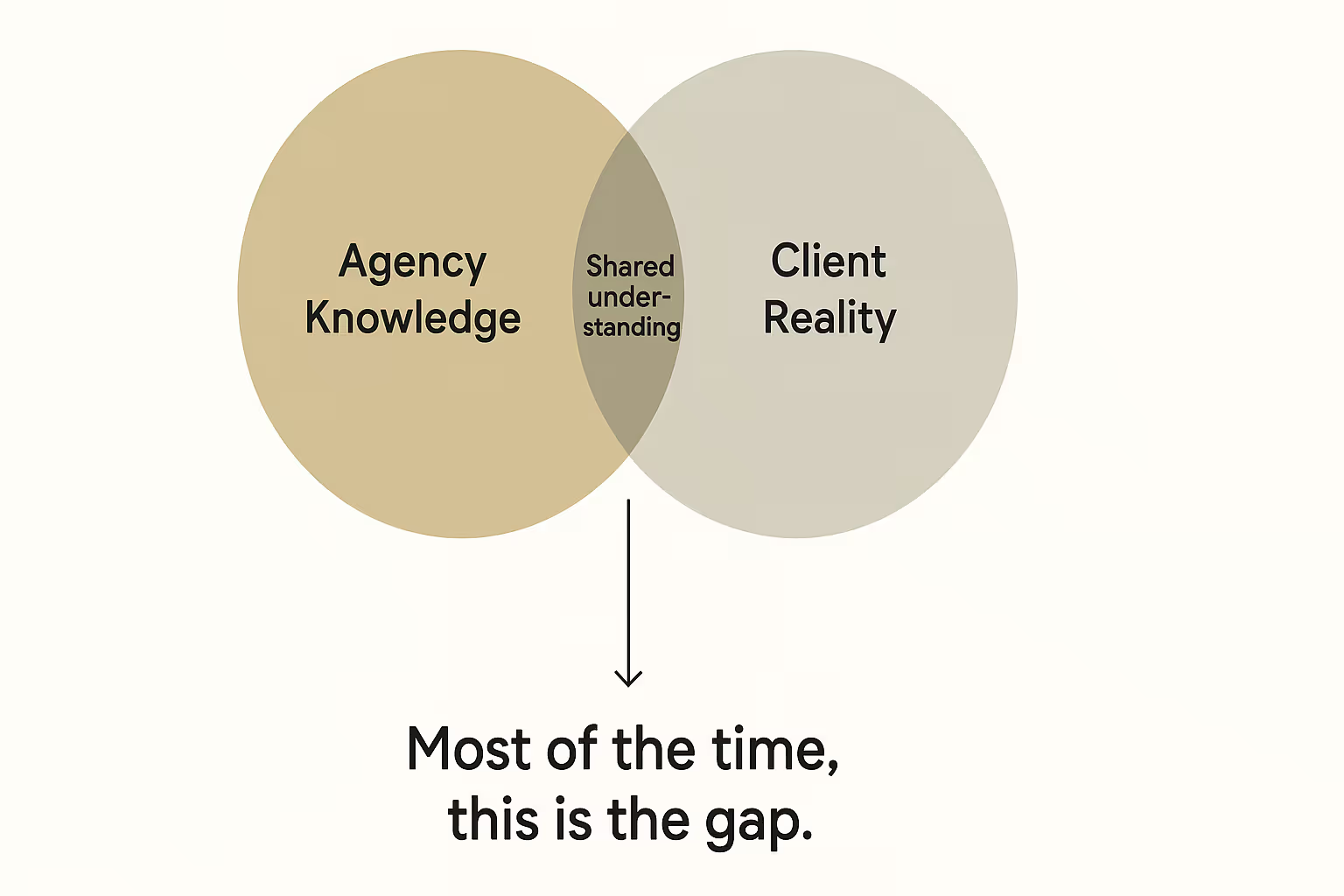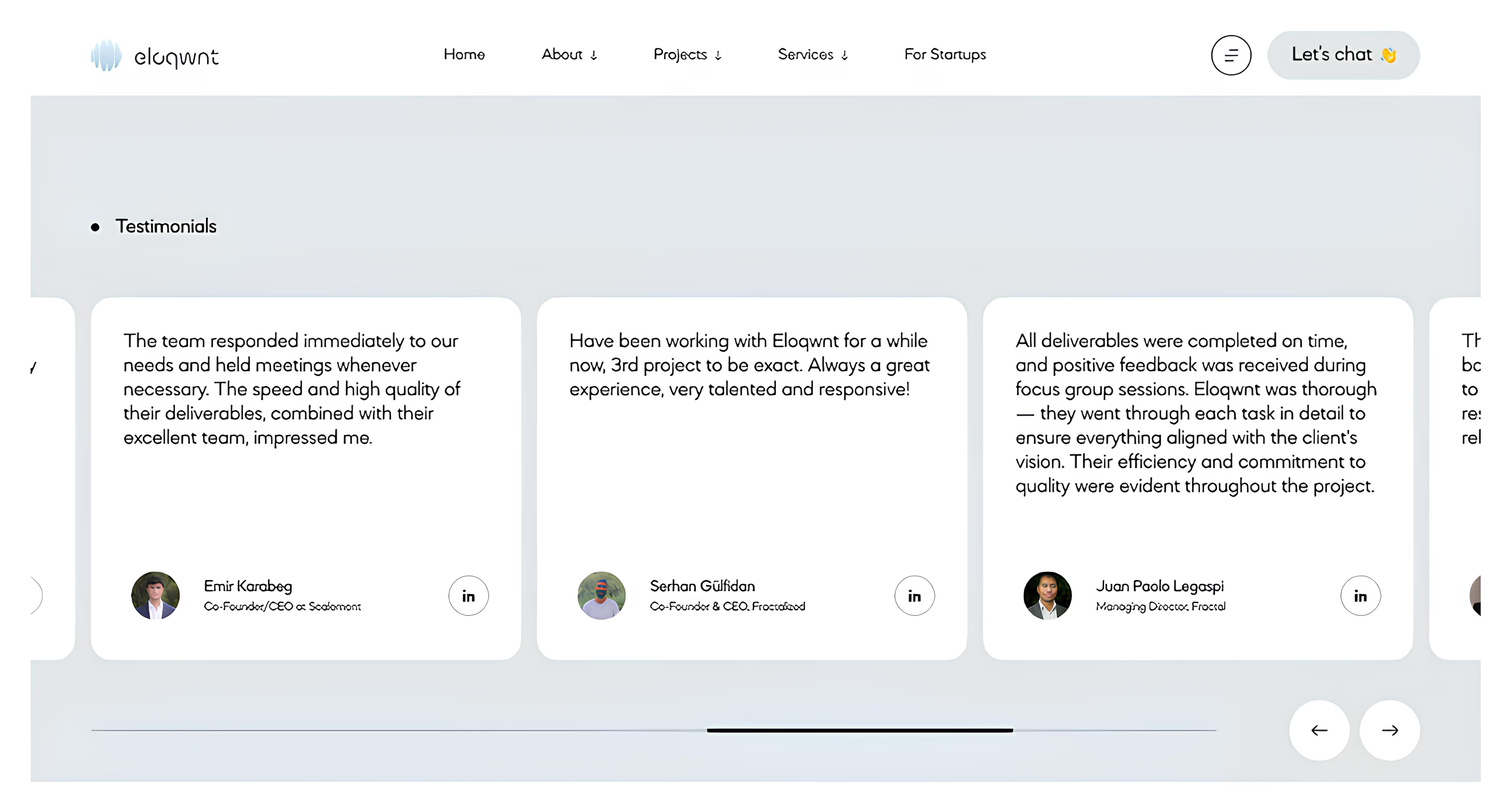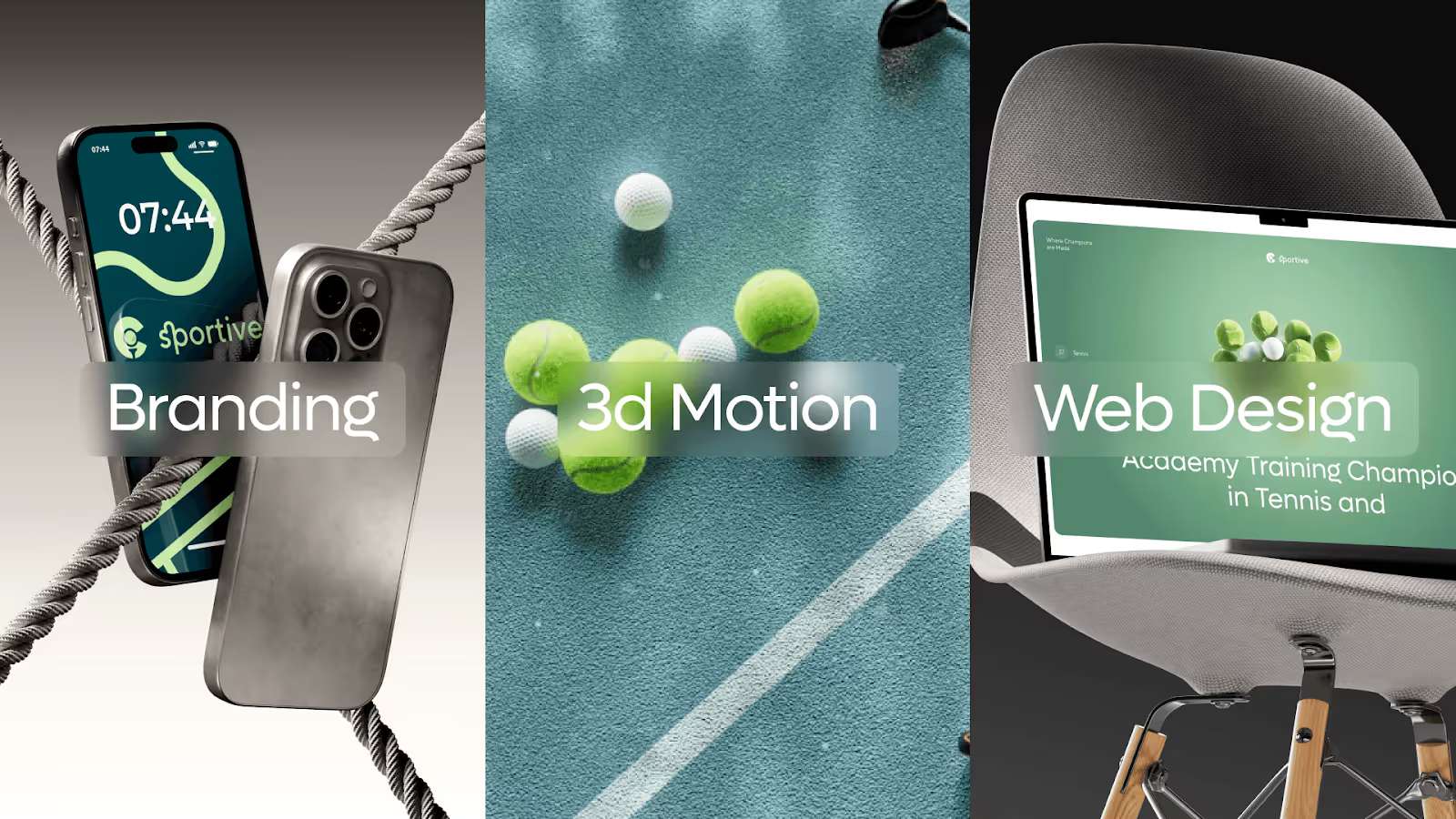7 Crucial Things Nobody Mentions About Picking the Right Agency

Introduction
A startup founder once shared a painful story with us: after spending $30,000 on a rebrand, they realized the new identity didn’t move the needle at all.
The visuals looked “slick,” but customers felt disconnected. The agency had never really asked about the product, the market, or the why behind the business. Six months later, the startup was left with new fonts, new colors, a polished logo — and the same problem they started with: nobody cared.
We hear stories like this often. Beautiful work that hides a hollow core. Or the opposite — branding full of meaning but visually tone-deaf, too clumsy to compete.
But we also see the flipside:
→ A fintech startup that spoke in the right numbers but also looked human.
→ A healthcare brand that balanced science with warmth.
→ A fashion label whose identity carried cultural depth but still captured attention.
This is where it gets practical. Instead of another list of “tips you’ve read a hundred times,” let’s talk about the real signals today — the green flags and red flags that separate agencies worth trusting from those you should avoid at all costs.
Why Choosing a Trustworthy Web Design Partner Matters
The agency you choose becomes part of your story. Sometimes they sharpen it, sometimes they blur it — and what’s at stake depends entirely on where your business stands:
• Startups → Your brand is your lifeline. It’s often the only thing investors, partners, or early adopters have to judge you by. If it feels off-target or amateur, you’re dismissed before you even get in the room. One weak brand and your credibility vanishes.
• Scaling companies → Growth adds layers. Suddenly you’re juggling websites, campaigns, product updates, and team onboarding. Without a strong, unified brand, the pieces fall apart. Customers get confused. Teams lose alignment. Growth slows.
• Established businesses → Legacy is both an asset and a trap. You need freshness to stay relevant, but you can’t lose the equity you’ve built. The wrong agency can “modernize” you so aggressively that you stop looking like yourself.
And here are the facts to prove it:
- 75% of consumers judge a company’s credibility by its design alone (Stanford Persuasive Technology Lab).
- Over 60% of brands believe that maintaining a strong, consistent brand is important when generating leads and communicating with existing customers. (Lucidpress, State of Brand Consistency Report).
- Brands that show up consistently across all platforms see up to a 23% lift in revenue (Forbes).
Every brand decision leaves a mark. Pick the right agency, and you gain a partner who amplifies your story, sharpens your positioning, and builds trust with the people who matter most. Pick poorly, and you inherit confusion, inconsistency, and missed opportunities.
1. Balance of Meaning & Visuals
Here’s the paradox:
• The most beautiful brands often collapse because they say nothing.
• The most strategic ones fade because they don’t inspire anyone.
The rare success is in the blend — when meaning × visuals = trust.
Unfortunately, many agencies struggle with this balance. They either deliver polished visuals with no substance, or they build a deep strategy that falls flat in execution.
The work might impress on slides, but it fails to resonate where it matters — with real people.
How to spot it:
✅ Green flags
• Portfolios explain why choices were made, not just how they look.
• Work balances clarity with emotion — strategy and visuals in harmony.
• Consistent quality across projects, without a cookie-cutter style.
🚩 Red flags
• Case studies focus only on “look” — fonts, colors, layouts — with no outcomes.
• Designs feel trendy but disconnected from the brand’s story.
• Stories sound generic: “modern,” “clean,” “professional” — forgettable.
2. Listening Over Lecturing
In every field, there’s a bias that experts fall into: the illusion that because they’ve done this a hundred times, they know the answer before the question is even asked. Psychologists call it the curse of knowledge — once you master something, it’s hard to imagine not knowing it. And that’s exactly where many agencies go wrong.

Agencies love formulas. We’ve watched it happen: a team arrives with a polished playbook, convinced they already know what a SaaS brand, a healthcare company, or a fintech startup should look like. They prescribe, they lecture, they stack slides full of rules. Meanwhile, the client — the one living the product, feeling the customers’ frustrations, and understanding the culture — gets pushed to the margins.
The result? A brand that may look polished but doesn’t belong to the people it was made for.
At Eloqwnt, we’ve learned the opposite works better. Listening doesn’t mean silence — it means drawing out insights the client might not even realize they have.
It means asking the questions that cut deeper — the ones that reveal the gap between what a company says and what it actually does. Only then can the visuals carry meaning that feels owned by the client, not imposed on them.
How to spot it:
✅ Green Flags
- Discovery calls feel like genuine conversations, not scripted pitches.
- They echo your words back with context, connecting your pain points to design solutions.
- You leave with clarity and perspective, not just a price tag.
🚩 Red Flags
- They dominate the room, prescribing solutions before hearing your story.
- Your input is treated as friction, not fuel.
- Their “process” feels cookie-cutter, designed to fit you into their system instead of co-creating something unique.
3. Alignment of Showcase and Reality
Dribbble, Behance, Instagram — the internet is overflowing with beautiful mockups. Sleek dashboards, futuristic apps, glossy websites. At first glance, it’s easy to be impressed. But here’s the uncomfortable truth: a polished portfolio doesn’t always equal real-world results.
Behind the scenes, this pattern shows up again and again — agencies showcasing concepts that never made it past the design stage, or visuals so heavily polished for social media that they look nothing like what the client actually received. In other words, the work presented online often tells a story that reality can’t back up.
And that’s where the real risk lies: when the “proof” of an agency’s ability is based more on aesthetics than outcomes.
How to spot it:
✅ Green flags
- Case studies clearly show both concept and outcome.
- Real client metrics or feedback demonstrate measurable results.
- Work is consistent, intentional, and strategy-driven.
🚩 Red flags
- Portfolio images don’t reflect what was actually delivered.
- No evidence of results or tangible impact.
- Storytelling is generic — “modern,” “clean,” or “professional” — without substance.
Always remember: if the portfolio doesn’t line up with reality, that’s not just a red flag — it’s the red flag of all red flags.
4. Transparency in the Team
There’s a growing divide in the industry: ghost agencies vs. transparent ones.
Ghost agencies hide their teams — no names, no faces, just a polished front. Why? Often out of fear. Fear that clients might reach out directly to a designer. Fear that competitors might poach their talent.
But here’s the truth: agencies confident in their culture don’t have to hide. When a studio builds loyalty, collaboration, and respect into its DNA, the team has no reason to leave. Even if a client contacts a designer directly, a healthy culture ensures they’ll redirect the project back to the agency.
This is a very common situation for us at Eloqwnt. Designers often bring us new opportunities — potential clients they’ve been approached by — and when they do, we reward them with a 20% commission from the total project. That’s not risk, that’s trust — and it’s what keeps great teams together.
How to spot it:
✅ Green flags
- Team members are visible on the agency’s site or portfolio.
- You can engage directly with people doing the work.
- The culture fosters collaboration, loyalty, and pride in the work.
🚩 Red flags
- Anonymous, faceless “ghost” agencies.
- No way to confirm who’s actually doing the work.
- A lack of transparency that creates risk for both clients and talent.
If an agency is hiding its team, ask yourself why. A strong partner will never be afraid to show the people behind the work.
5. Authentic Reviews & Testimonials
You’ve seen them before:
• A few lines of praise, but no name, no photo, no company.
• Reviews from “John S.” with no way to verify if John exists.
• Generic phrases like “great team, highly recommend!”
This is more common than you’d think — anonymous reviews, half-baked initials, or praise that feels too polished to be real. And here’s the thing: if they’re cutting corners on credibility, what corners are they cutting in their work?

That’s exactly why we approach testimonials differently. Every review we publish links to a client’s real profile. You can see who they are, what they do, and know that the collaboration actually happened. No smoke, no mirrors — just real people, real projects, real outcomes.
How to spot it:
✅ Green flags
- Testimonials include full client names and profiles.
- Clients mention specifics: challenges, process, results.
- Feedback feels balanced — not scripted perfection.
🚩 Red flags
- Reviews without names or verifiable companies.
- Overly generic praise with no detail.
- Testimonials that talk only about “style” instead of outcomes.
6. Culture of Commitment
You can feel the difference between a team that finishes a project and one that cares about it.
The latter always goes a step further — not because it’s written in the contract, but because it’s part of their standard. That quiet commitment shows up in the details: a smoother animation, a cleaner interaction, a touch that elevates the whole experience.

That’s what overdelivering really means — not doing more, but doing things better. It’s the mark of teams who take pride in their craft and see every project as a reflection of their name.
How to spot it:
✅ Green flags
• Anticipates challenges and iterates until it’s right.
• Adds thoughtful extras that make the work more effective.
• Takes ownership and pride in every delivery.
🚩 Red flags
• Delivers the bare minimum just to tick the box.
• Avoids improvements that aren’t explicitly requested.
• Treats delivery as the end, not part of the client’s journey.
7. Long-Term Partnership
You can always tell when an agency is built for the long run.
They don’t just finish a project and move on — they stay connected. They care about how the brand grows, how it adapts, how it feels in the real world months later.
That’s what long-term partnership looks like: shared accountability, consistent support, and a genuine belief in the brand’s evolution.
How to spot it:
✅ Green flags
- Agencies that stay involved beyond delivery — maintaining consistency and care.
- Teams that anticipate what’s next instead of waiting to be asked.
- A system that connects design, motion, and brand evolution seamlessly.
🚩 Red flags
- Agencies that disappear once the project wraps.
- One-off deliverables with no roadmap for growth.
- No ecosystem or structure for long-term creative support.
This mindset shaped our own ecosystem.
Through Superdesign.space and Dimention.tv, we’ve built spaces where long-term collaboration naturally thrives — where design, motion, and strategy live side by side, continuously amplifying each other. And we’re still expanding that ecosystem, finding new ways to help brands grow beyond the brief.
Because when brands evolve, they deserve partners who evolve with them. Whether it’s a new campaign, a motion piece, or a refined design system, our ecosystem ensures no brand ever feels left on its own — there’s always a place, and a team, ready to keep the story moving forward.
If that’s the kind of partnership you’re looking for, we’d love to build it with you!








